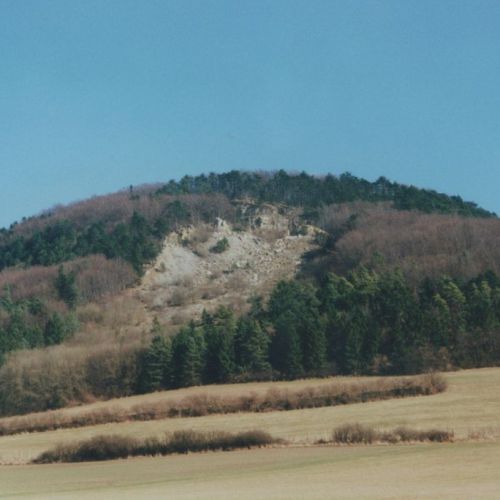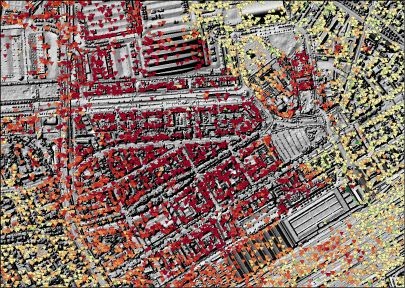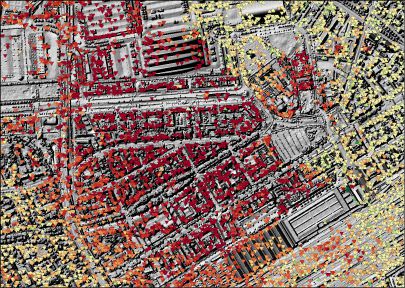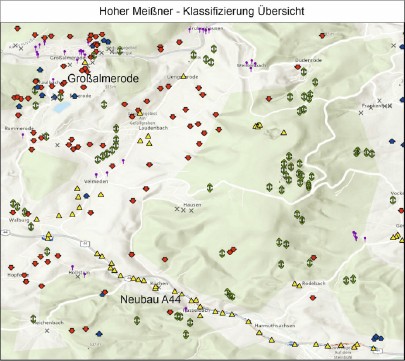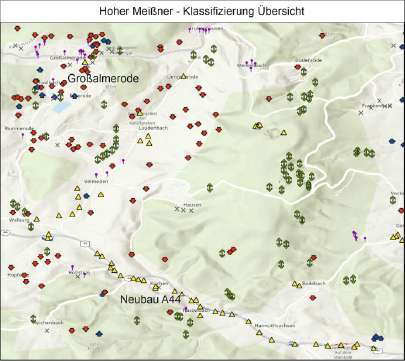Large-scale subsidence and heave pose a significant risk to buildings. These are caused primarily by changing groundwater levels and mining activities. While subsidence of groundwater or soil caused by mining, industry or construction activities is easy to contain regionally, changes caused by climate change can only be predicted with difficulty. Damage to buildings in Kassel, Offenbach and Wiesbaden that can be attributed to such ground movements can already be observed today. Satellite observations over a longer period of time provide precise movement data of buildings and structures at intervals of a few days. High-resolution digital terrain and surface models can be generated from regular aerial surveys with airborne laser scanners. These data are to be merged in the project and linked with other data sources, such as geological maps, known settlement-sensitive layers, hydrogeological and climatic data. In this way, occurring ground movements and even mass movements can be detected at an early stage and, if necessary, measures can be initiated. Based on these results, future decisions on regulations or even information for the general public on risk areas can be prepared.
